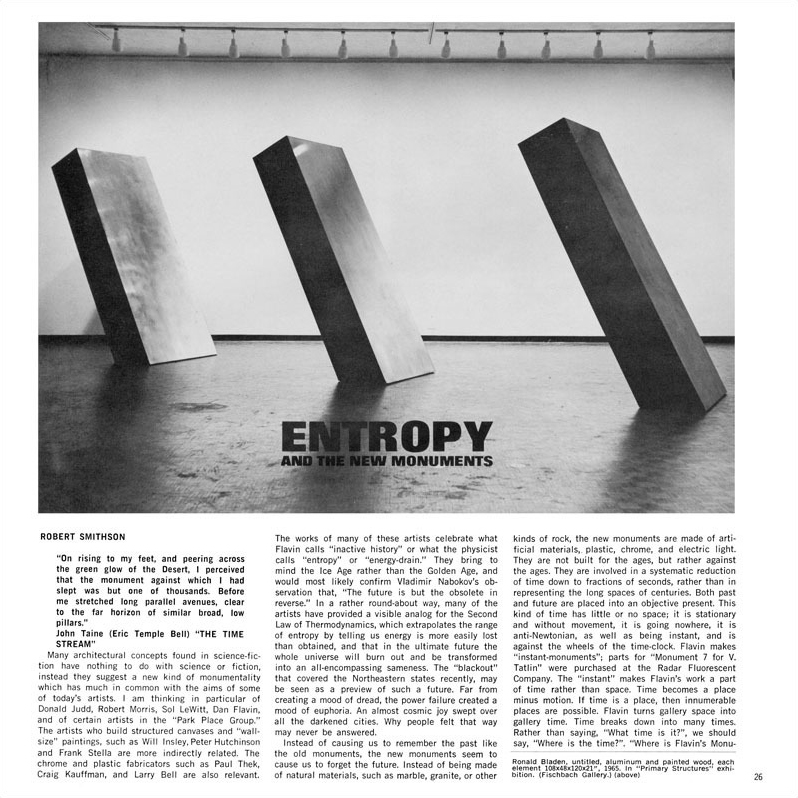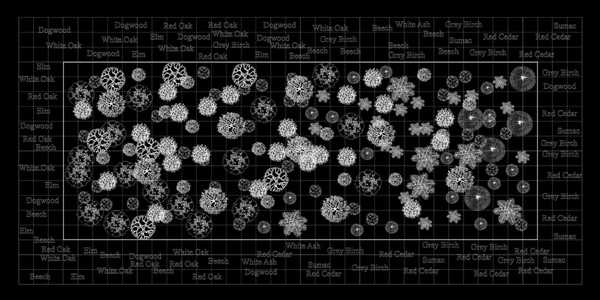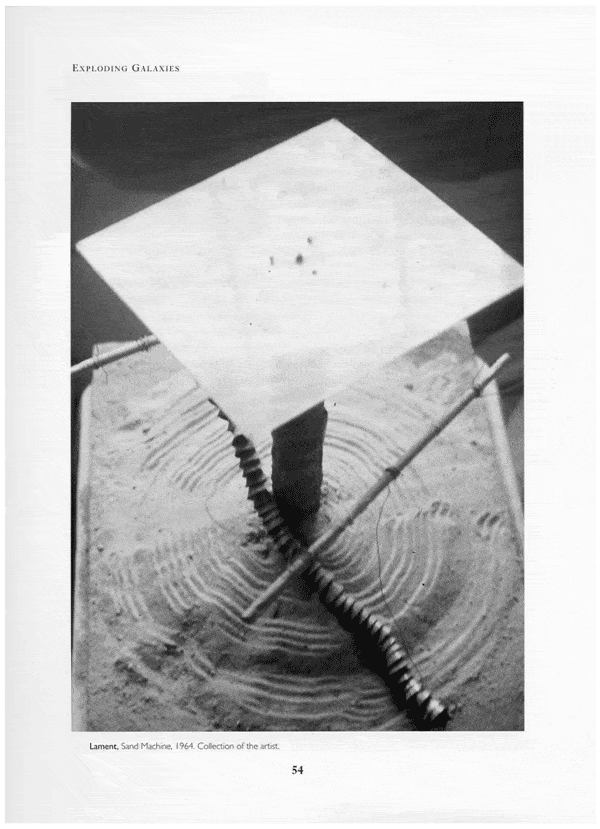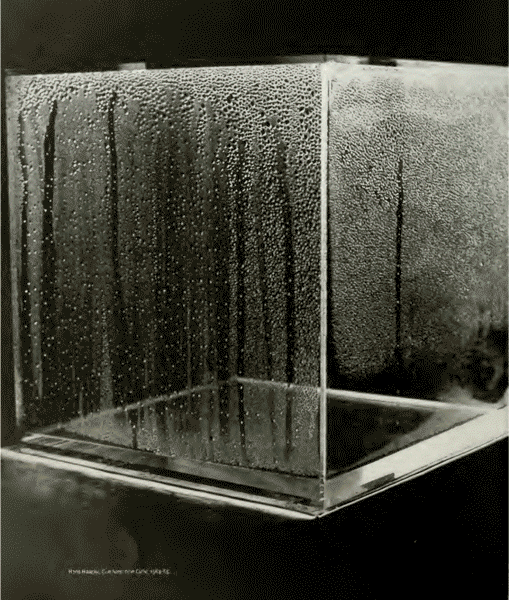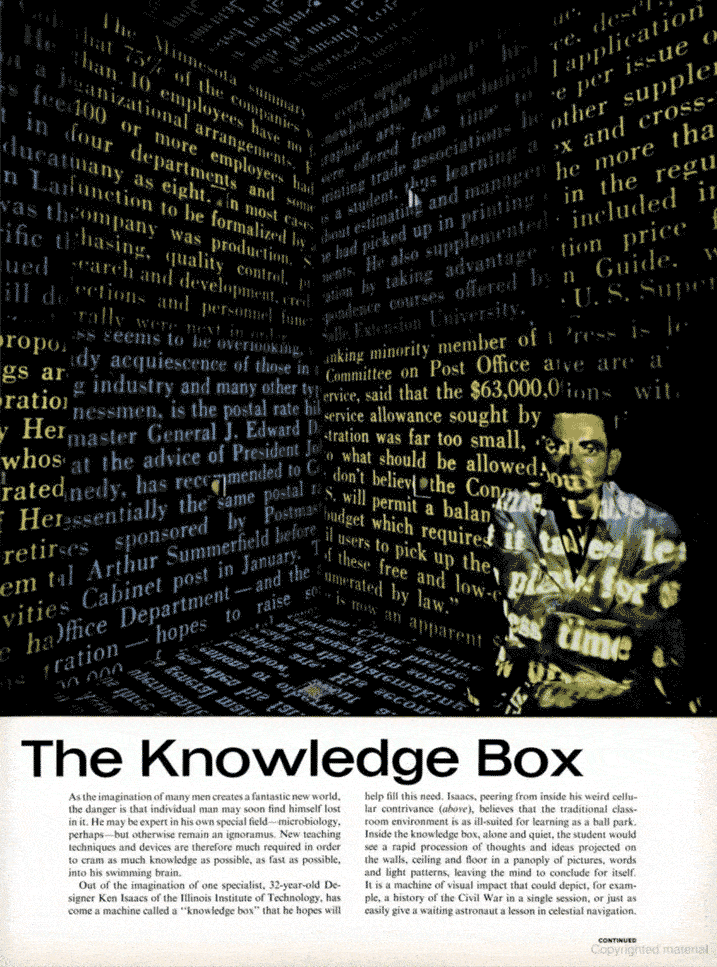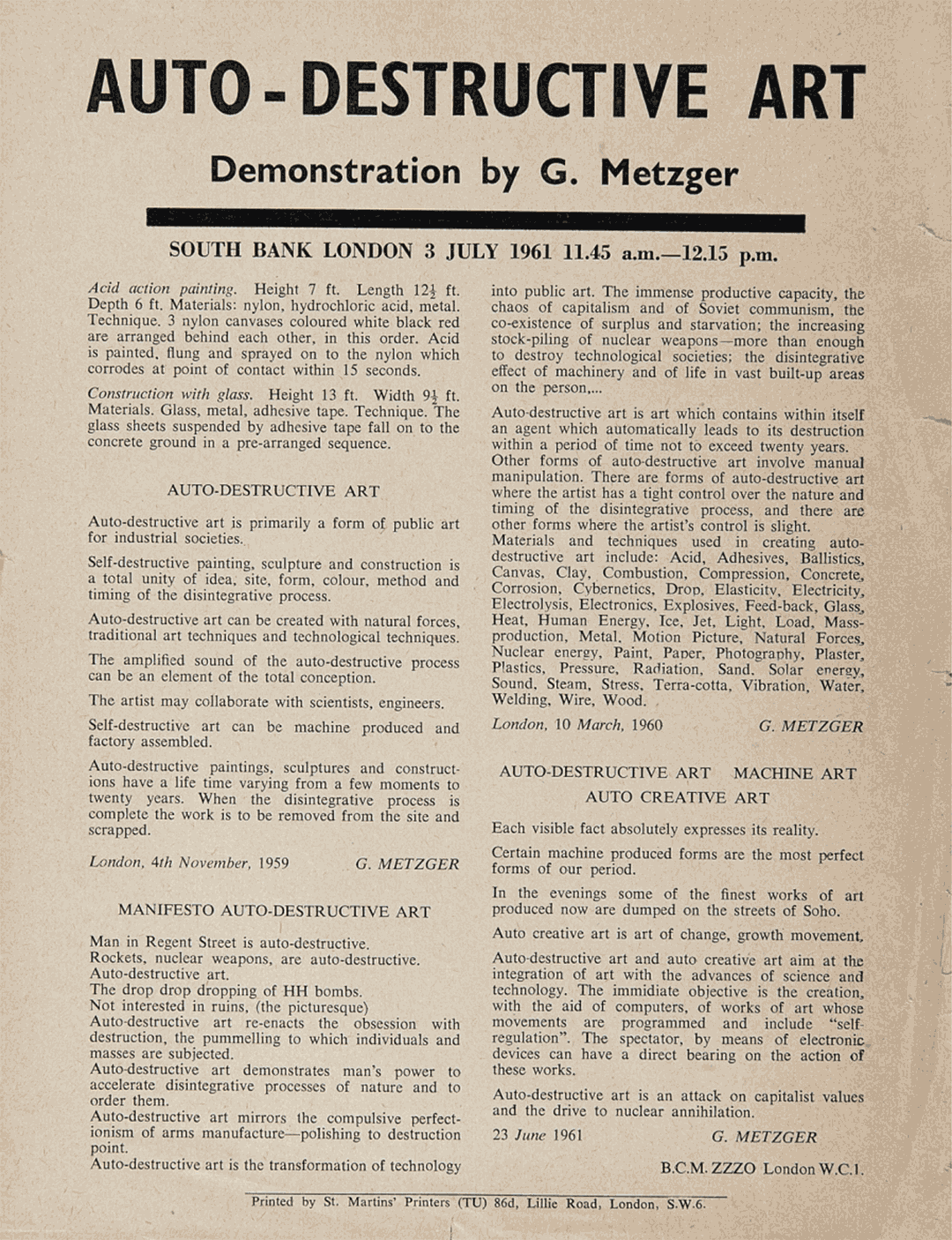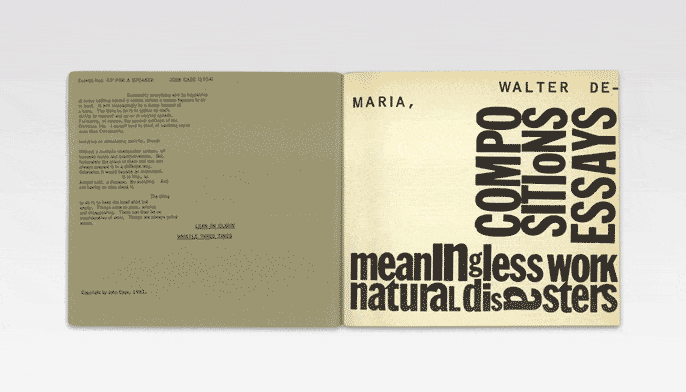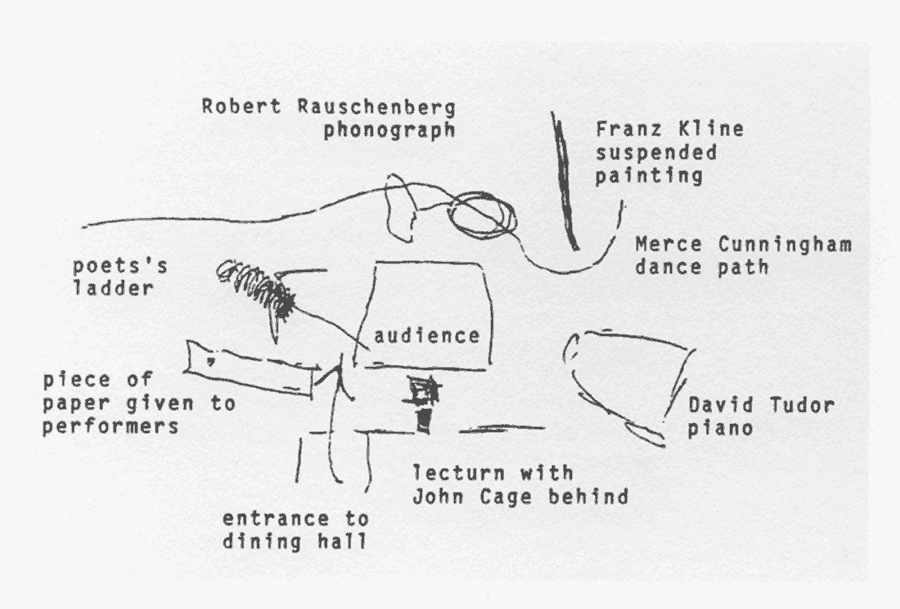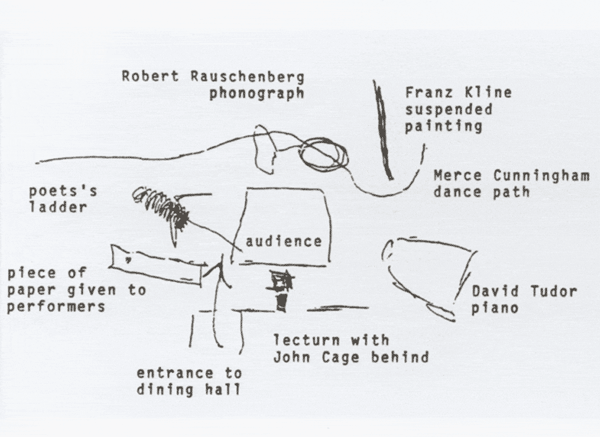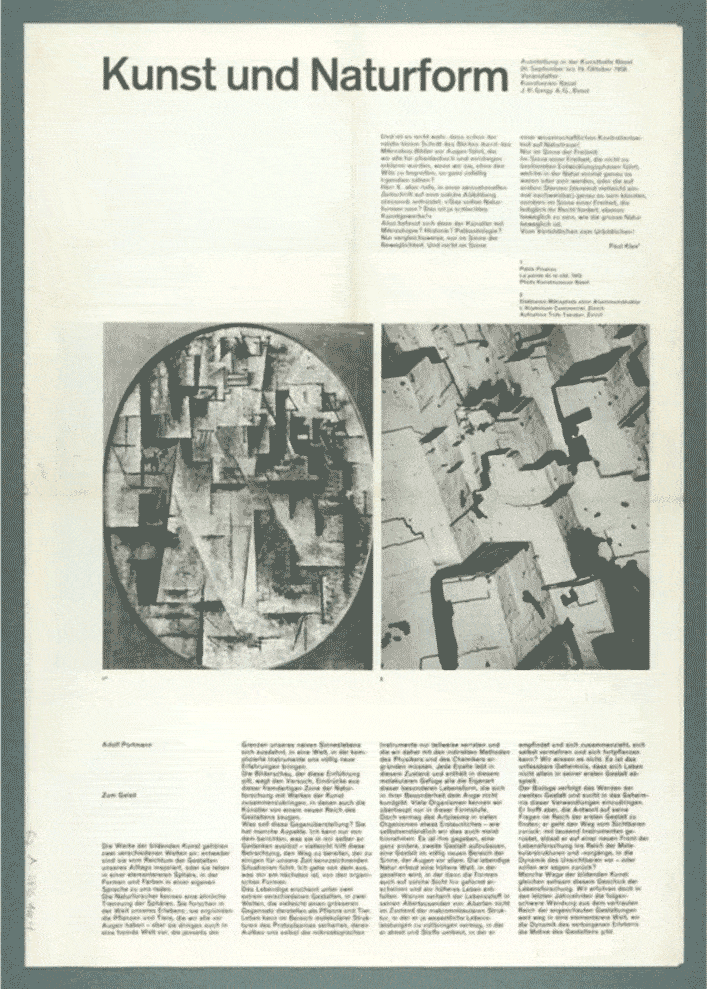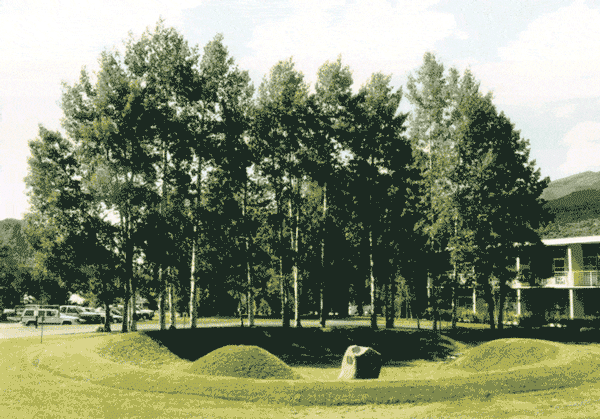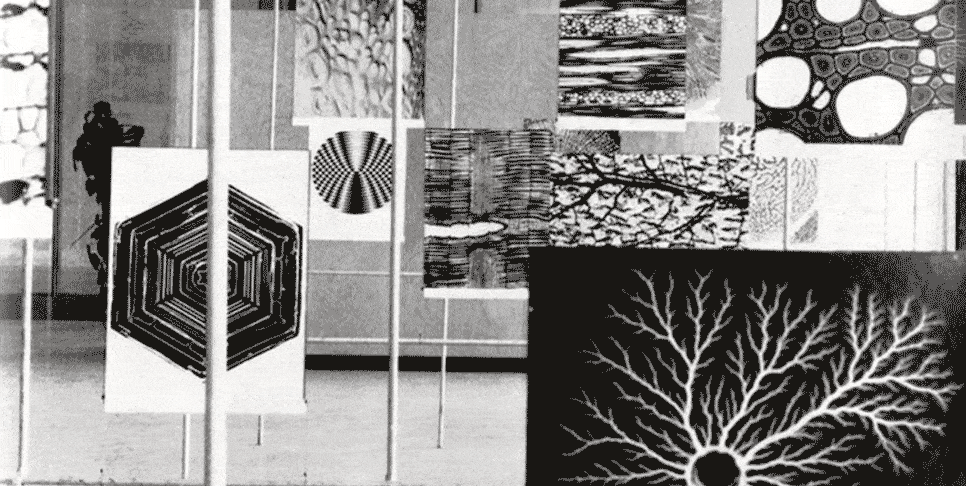“When I wrote the article ‘Entropy and the New Monuments,’ I was looking at that art [Minimal art] from a completely different angle. I wasn’t looking at it as a positivist, the way I think a lot of it was extrapolated. I wasn’t interested in any kind of ontological varication. Intuitively I was involved there with notions that now seem quite interesting to me: the preoccupations with landscape outside of galleries; places outside galleries; the locomotion of artists and what they do in their spare time; a kind of diversity and discontinuity that was completely pervaded by the entropic process. Now I just read this book called The Entropy Law and the Economic Process [1971] and, more or less, this economist [Nicholas Georgescu-Roegen] sees all manufacture processes entropically. In other words, we might build bigger and better cars but that’s going to mean bigger and better waste piles. So it might be that the actual outcome of all production, including art production, is some kind of waste, or obsolete system. In other words, all production of art tends to, in some way, lose itself in other meanings or the social system breaks down.”
Robert Smithson — “An Interview with Robert Smithson (1973)” by Moira Roth,
in Robert Smithson, The Museum of Contemporary Art, Los Angeles; University of California Press, Berkeley, 2004, 93.

Entropy and the New Monuments
Robert Smithson
Echoing the “Groundworks” timeline: 1966
“Instead of causing us to remember the past like the old monuments, the new monuments seem to cause us to forget the future. Instead of being made of natural materials, such as marble, granite, or other kinds of rock, the new monuments are made of artificial materials, plastic, chrome, and electric light. They are not built for the ages, but rather against the ages. They are involved in a systematic reduction of time down to fractions of seconds, rather than in representing the long spaces of centuries. Both past and future are placed into an objective present. This kind of time has little or no space; it is stationary and without movement, it is going nowhere, it is anti-Newtonian, as well as being instant, and is against the wheels of the time-clock.”
Robert Smithson — “Entropy and the New Monuments”,
Artforum, vol. 4, no. 10 (June 1966), New York, 26. Accessed here, May 2021.
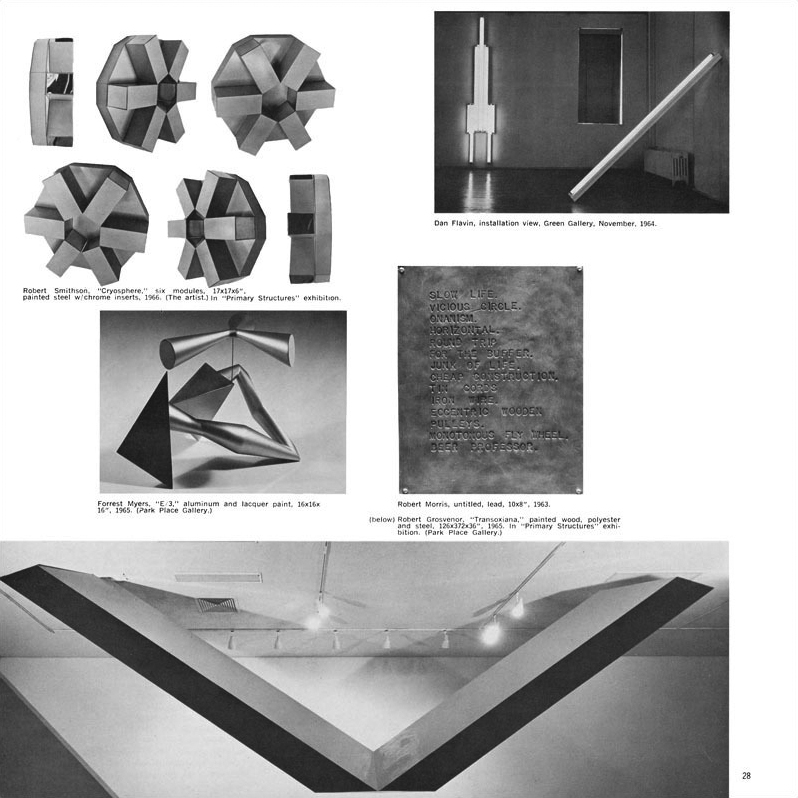
|
In a recent essay (available here), that looks at the way in which “Broken Circle/Spiral Hill” stages entropy within the context of the Dutch landscape and its history, Anja Novak writes “Entropy is a term from the realm of physics that Smithson appropriated and enriched through associations, turning it into a fluid artistic concept that would inform his aesthetics of postindustrial sites and his general conception of creative processes.” And continues to also confess that Robert Smithson’s “own conception of entropy evolved over the years, and is difficult to pin down.” |
“maat Explorations” is an ongoing programme that delves into the socio-cultural and environmental transformations stemming from the current bio crisis and ecological destruction. It provides an insight into the hard science of climate intervention and the creative speculations behind innovation-led research to safeguard our planetary co-existence.
Prominent in this strand is the installation Earth Bits – Sensing the Planetary, that opens access to the complex interconnectedness between the environmental and the energetic quests and its reverberation through decades of artistic production, political and cultural movements traced from the 1960s until today. On maat ext., a series of #groundworks hashtags introduce the critical explorations that feed into the complex interconnectivity between the environmental and energetic quests, and its reverberation through decades of artistic production, political and cultural movements traced from the 1960s until today. |


